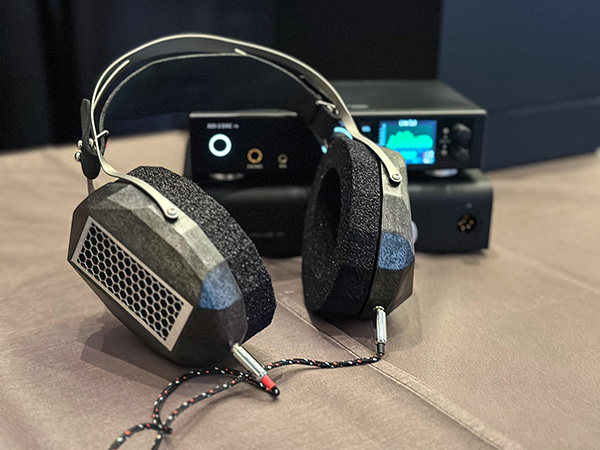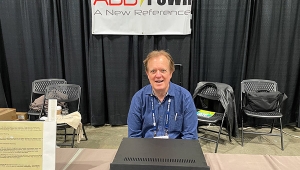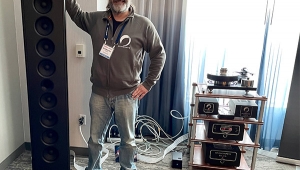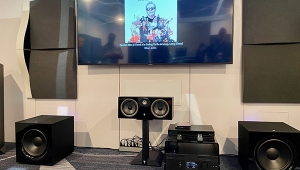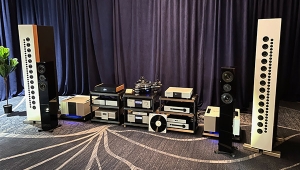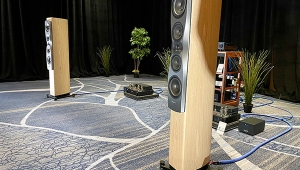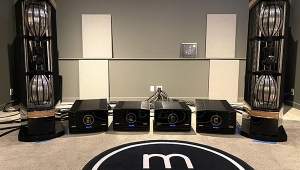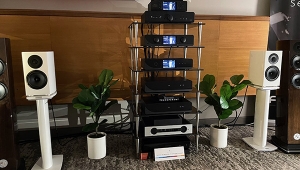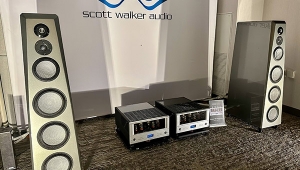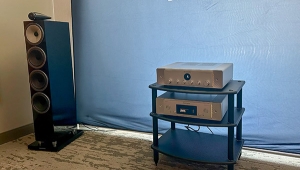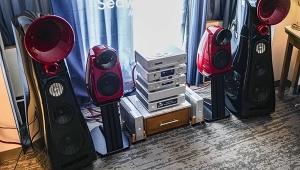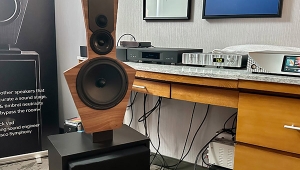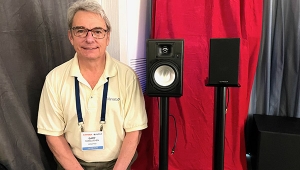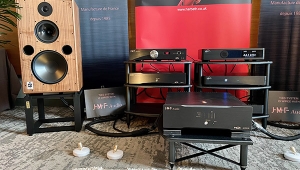| Columns Retired Columns & Blogs |
They don't even come close to the Harman curve and have a very low HF output, but if you like them that is perfectly fine. Sadly these would sound to me very soft and unexciting with my 75 year old ears.
I am beginning to think that it is very hard to make recommendations on speakers and headphones anymore as one's personal hearing flaws(?) and rooms are too critical to make judgements on value to the possible purchaser. I would think that with the price of everything these days, auditions are a must.
The HE-1000's I would have an easier time living with as closer to the Harman target.

